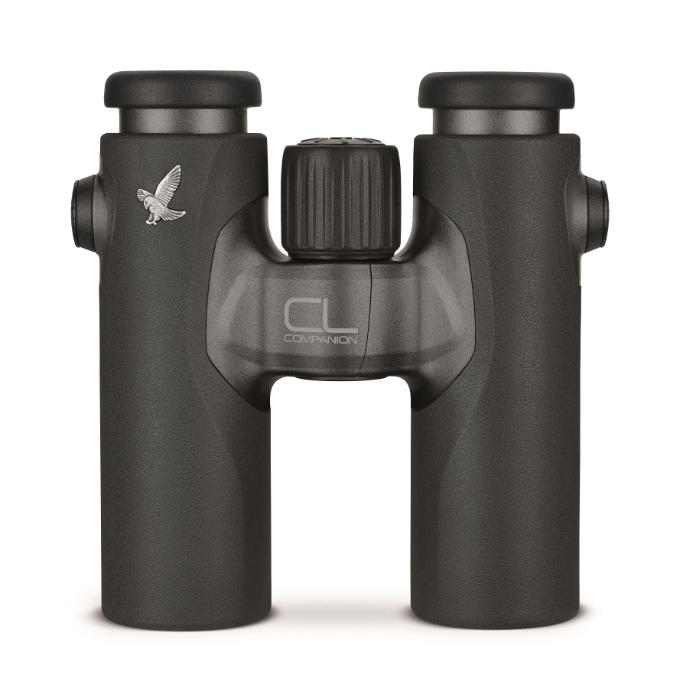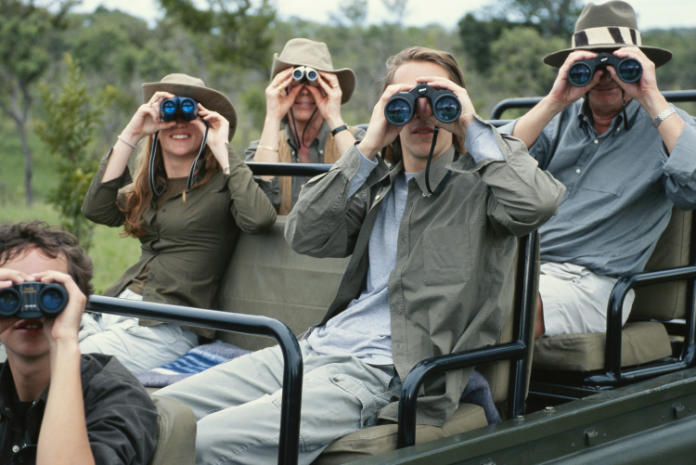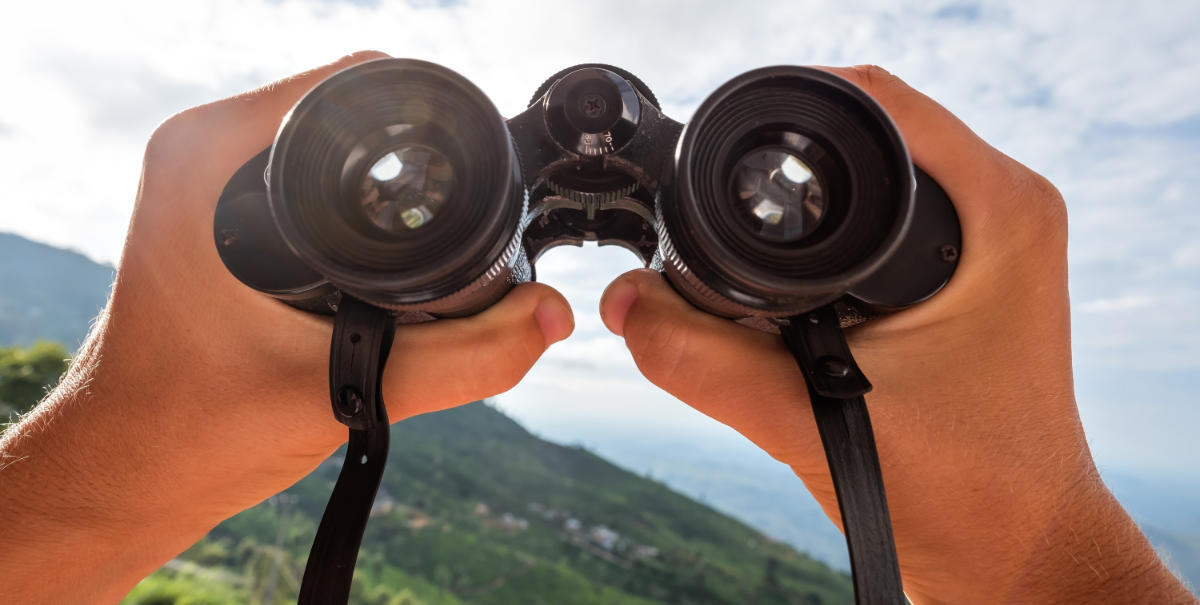Binoculars are an essential piece of kit when out and about or looking for wildlife. Read our guide on how to choose binoculars and what the numbers mean.
How to choose binoculars
Whether you’re planning a birdwatching trip or a cruise to see polar bears on the ice, a set of good binoculars will considerably enhance your experience. With so many options available, it’s tricky to know which ones to buy. Here are five essential tips for making the right choice.
1. Decide how you will use binoculars
When comparing models, think about what you will mostly be using the binoculars for, and keep this in mind when looking at factors such as size, weight and object lens size. Brands offer a wide range of binoculars in various colours, each designed with different activities and users in mind.

For example, SWAROVSKI OPTIK’s CL Companion Binoculars are ideal for wildlife spotting on the go, due to their relatively compact size and light weight. Likewise, the brand’s EL 10×50 binoculars are more suited for use in poor light conditions, due to the 5mm exit pupil, which aims to avoid the loss of incoming light, and a 50mm effective objective lens diameter, which indicates that the front lens of the binoculars has a relatively large surface space.
2. Think about size and weight
The size and weight of any travel gear can be vital factors to consider before purchase, so if you plan to carry a pair of binoculars with you at all times during a trip, consider an ergonomically-designed compact pair to avoid adding weight to baggage.
3. Research the magnifications available
The binoculars’ magnification figure, usually the first number following the model name, will tell you how many times larger an image will appear. For example, binoculars with 8x and 10x magnification mean the object viewed will appear eight or 10 times larger than if looked at with the naked eye.

A lower magnification will provide the user with a wider field of view, which is good for avoiding a potential shake in your hands during longer viewing periods. However, if you wish to use your binoculars for spotting close-up details, such as the intricate pattern of a bird’s feathers, consider a higher magnification.
4. Examine the binoculars’ optical design
Along with size, weight and other technical details, it is worth further researching the added benefits of your chosen pair of binoculars. For example, Field Flattener lenses provide superb peripheral definition and likewise, fluoride-containing HD lenses help to minimise colour fringing. Similarly, lens coating also helps to remove any glare and allows as much light as possible to enter the optics.
5. Choose your accessories for your binoculars
Finally, consider purchasing accessories for your binoculars. Handy iPhone adapters attach spotting scopes and binoculars to a smartphone, which instantly turns it into a telephoto zoom lens and allows users to share images of spots with friends and family.
This article may include affiliate links to products and services where we may receive a small fee to support the running of this site if you make a purchase or is a sponsored article from one of our select editorial partners providing valuable advice and information to our readers.































































